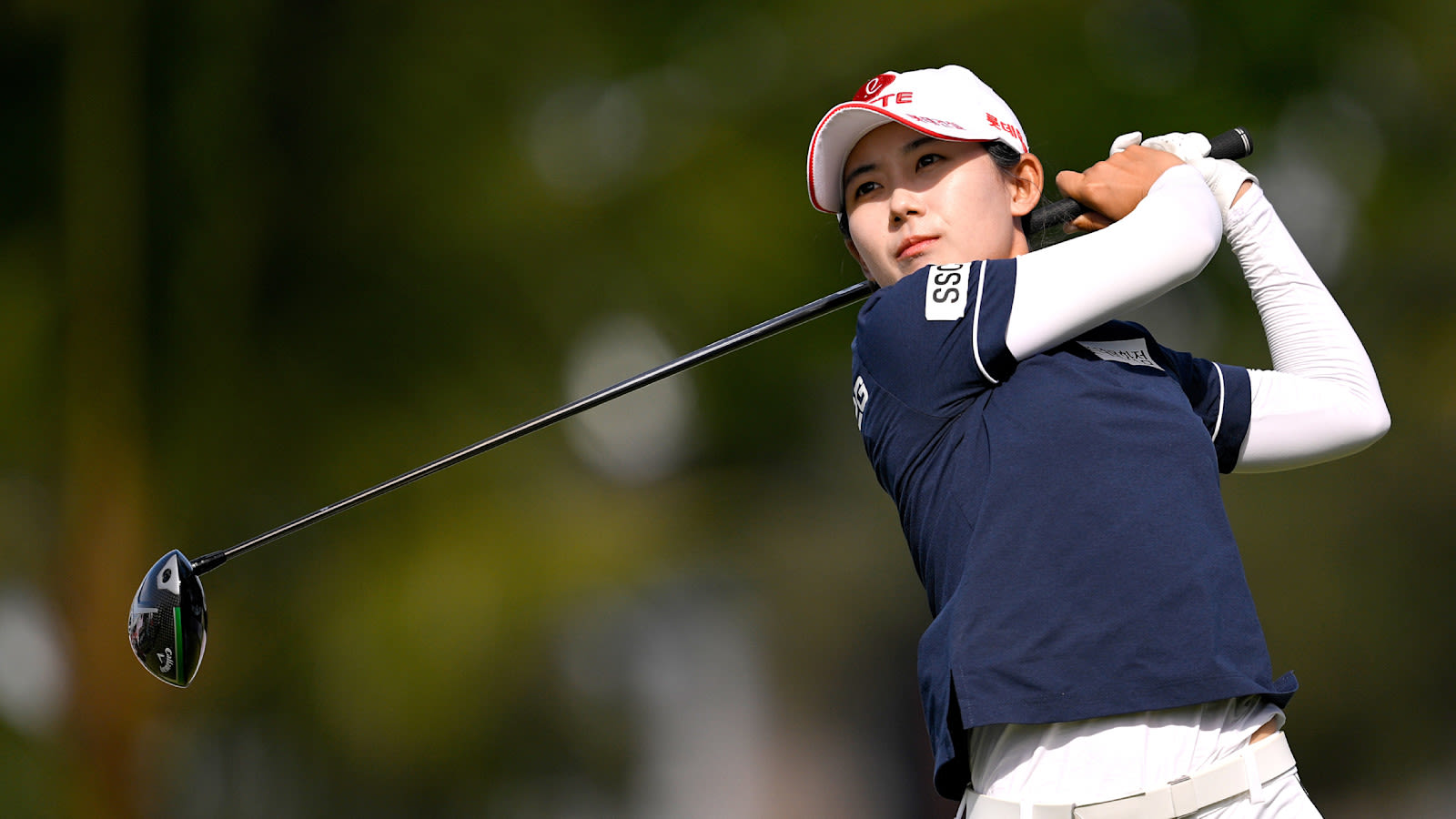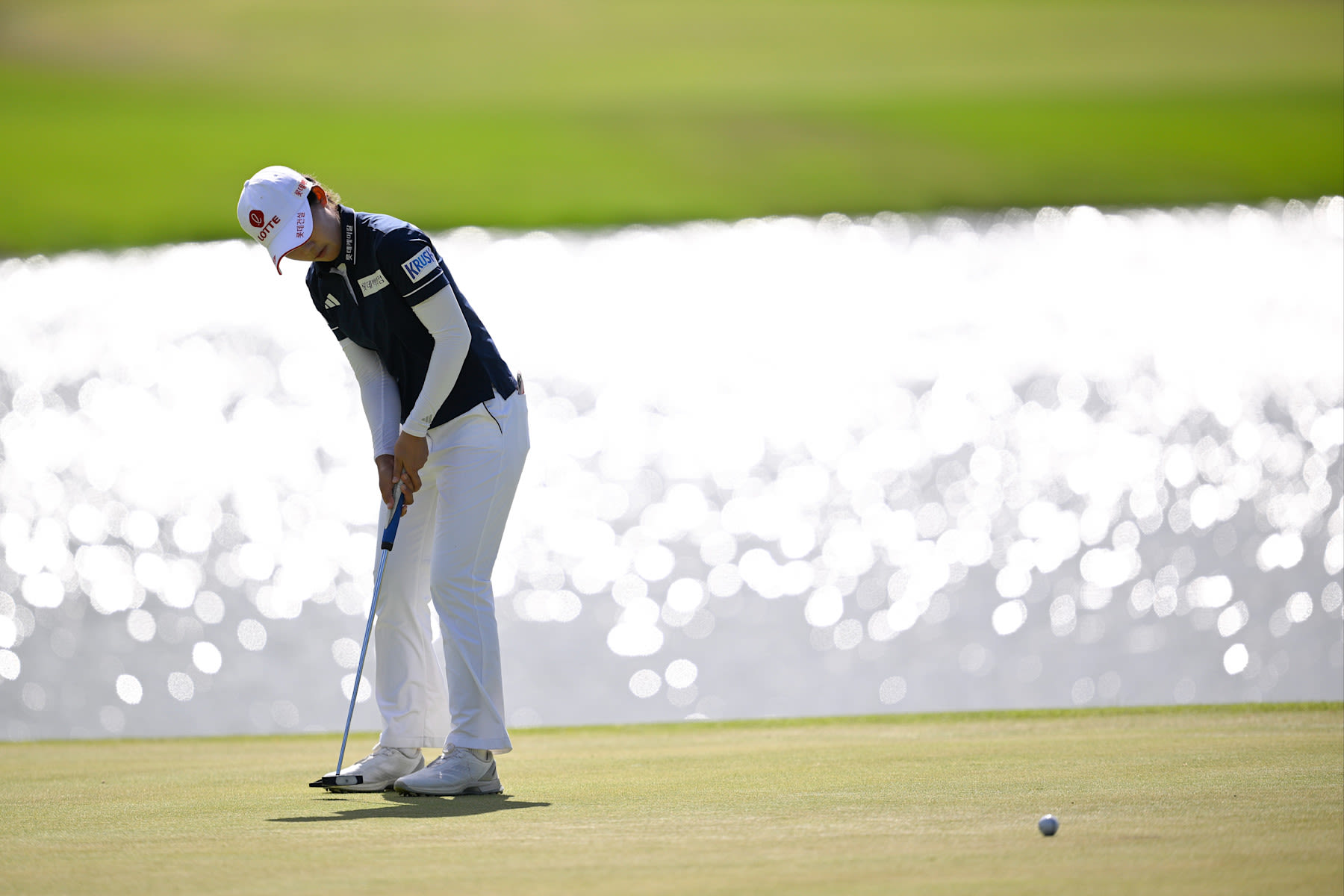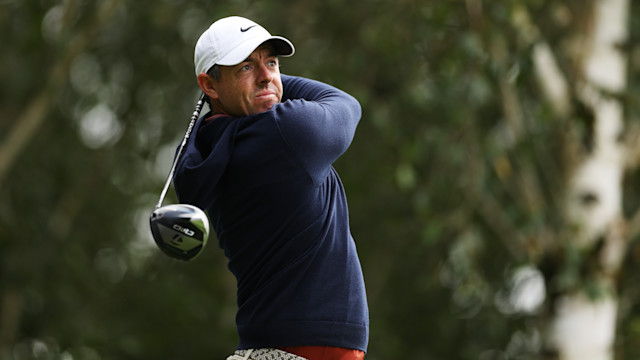quick coaching
The Mental Game of Golf: How to Bounce Back From a Bad Round
By Brendon Elliott, PGA
Published on

Youmin Hwang had every reason to panic on Sunday morning. The 22-year-old South Korean golfer started the LOTTE Championship in Hawaii with rounds of 67-62, putting her at 15-under through two days.
Then Saturday happened. She shot 75, three over par, and watched her lead evaporate.
Most golfers would've been toast. Hwang wasn't. She came out Sunday and fired a 67 to win her first LPGA Tour event by a single stroke over Hyo Joo Kim.
That kind of mental recovery doesn't happen by accident. If you've ever had a terrible round (or three) and can't seem to shake it off, Hwang's performance offers a blueprint.
Here are 6 specific things you can steal from how she handled adversity.
Reset Your Expectations After a Bad Round
Golfers make one massive mistake after shooting poorly: they drag that negativity straight into the next round like luggage they forgot to check. Hwang's Saturday 75 could've poisoned her entire tournament. It didn't, because she clearly hit the reset button before Sunday.
What to Practice: Take 15 minutes on the practice green before your next round. Work on 3-footers. Nothing fancy. Make 20 consecutive putts. The goal isn't to fix your stroke but to remember what success feels like. Your brain needs proof that you can still execute.
Then write down one achievable goal for the round. Not "shoot under 80" or "play better." Something concrete like "hit 10 fairways" or "two-putt every green." Give yourself a target that doesn't depend on perfect golf.
Focus on Process, Not Outcome
Scoreboard watching when you're trying to recover is poison. You start forcing birdies, pressing shots, trying to erase mistakes that already happened. Hwang's Sunday 67 came from playing one shot at a time, not from trying to make up for Saturday.
What to Practice: Develop a pre-shot routine and practice it regularly. It should take 15-20 seconds from standing behind the ball to starting your swing. Hit 20 balls on the range using this exact routine every time. Don't worry where the ball goes. You're training the process.
When you get back on the course after a rough stretch, that routine becomes your anchor. It gives you something to control when everything else feels chaotic.
Identify & Fix One Specific Issue
The worst thing you can do after a bad round is try to rebuild your entire game — too many moving parts. Hwang probably identified one or two key problems from Saturday and addressed those. That's it.

What to Practice: Review your last bad round and identify the most significant area for improvement. Drives? Approaches? Short game? Putting? Pick one. Just one.
Spend your next practice session only on that area. If drives were the problem, hit 30 of them. Forget distance. Find the fairway. If it's approach shots, work from 100-150 yards until you can land 7 out of 10 balls on the green and within an acceptable distance from the pin for your ability level. Fixing one thing well beats half-fixing five things.
Use Breathing Techniques to Manage Pressure
The pressure to bounce back can suffocate you faster than the original bad play. Tour players like Hwang use breathing techniques to stay calm. Sounds simple, but they work.
What to Practice: Learn the 4-7-8 pattern. Inhale for four counts, hold for seven, exhale for eight. Practice it for five minutes a day when you're not playing.
Find a Coach
Take the next step in your golf journey by connecting with a PGA Coach in your area.
On the course, use it after every bad shot or between holes when tension starts building. Better yet, during a practice round, deliberately hit a terrible shot. Then use the breathing technique before your next swing. You're training yourself to recover quickly instead of spiraling.
Lean Into Your Strengths
When you're struggling, trying to be perfect everywhere is how you blow up. Hwang probably leaned hard into whatever parts of her game were working on Sunday rather than trying to patch every weakness.
What to Practice: Figure out your most reliable club or shot. Maybe it's your 7-iron. Maybe it's the bump-and-run. Maybe it's lag putting. Whatever it is, spend extra time there. Hit 40 balls with your favorite club. Work different trajectories, different distances.
Then on the course, after a bad stretch, use that strength strategically. Tee off with it on tight holes. Lay up to your favorite yardage. Use your reliable shot around greens. Confidence feeds on itself.
Embrace the Challenge as an Opportunity
Hwang's victory meant more because of Saturday's disaster. She became the 26th different winner on the LPGA Tour in 2025, earned $450,000, and locked up tour membership for 2026. All because she refused to quit when things went sideways.

What to Practice: Change how you think about bad rounds. In the next practice session, manufacture some adversity. Play nine holes where you take an unplayable lie once, hit from a fairway bunker twice, and three-putt one green on purpose. Then figure out how to recover.
This isn't masochism. It's training your brain to treat bad breaks as normal golf, not catastrophes. Keep a journal of the times you bounced back from tough spots. When doubt creeps in later, you'll have proof that you've done it before.
Youmin Hwang's win at the LOTTE Championship proves something important: champions aren't the ones who never struggle. They're the ones who know how to respond when they do.
These six strategies won't prevent bad rounds, but they'll help you recover from them faster. Sometimes that's the difference between quitting and winning.
PGA of America Golf Professional Brendon Elliott is an award-winning coach and golf writer. Read his recent Monday Recap on R.org and his stories on Athlon Sports. To stay updated on his latest work, sign up for his newsletter and visit OneMoreRollGolf.com.


